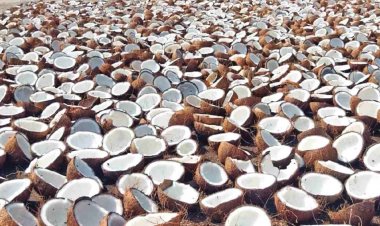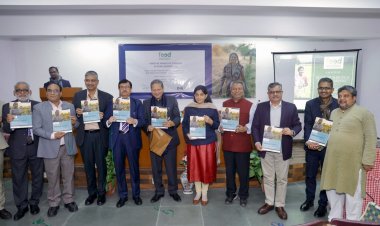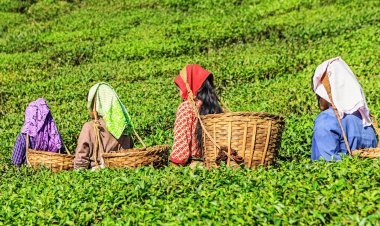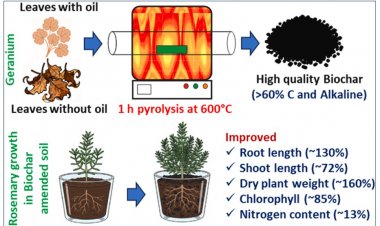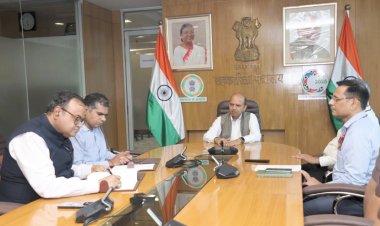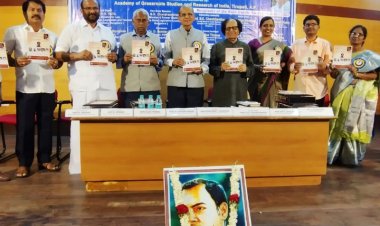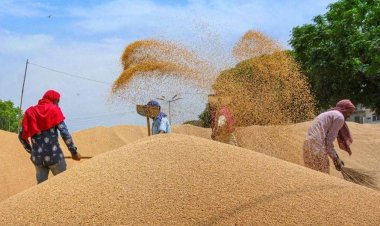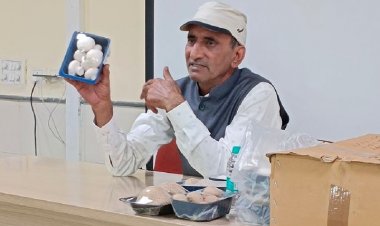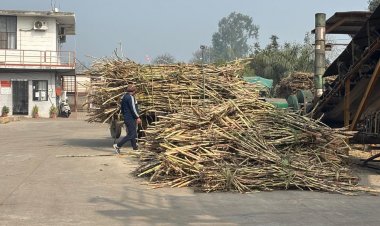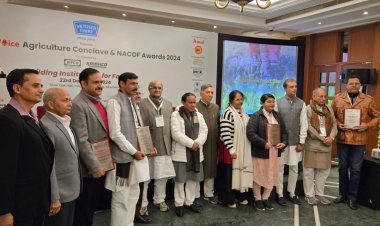DAP price reaches Rs 80,000 per tonne; delay in new import deals may affect availability in Kharif season
According to industry sources, the country has a stock of about 30 lt of DAP while the Kharif season consumption is about 50 lt. If additional quantities are not imported in time, this may have an adverse effect on the availability in the coming Kharif season. So, the government should not delay increasing the subsidy on DAP and other complex fertilizers under the NBS.
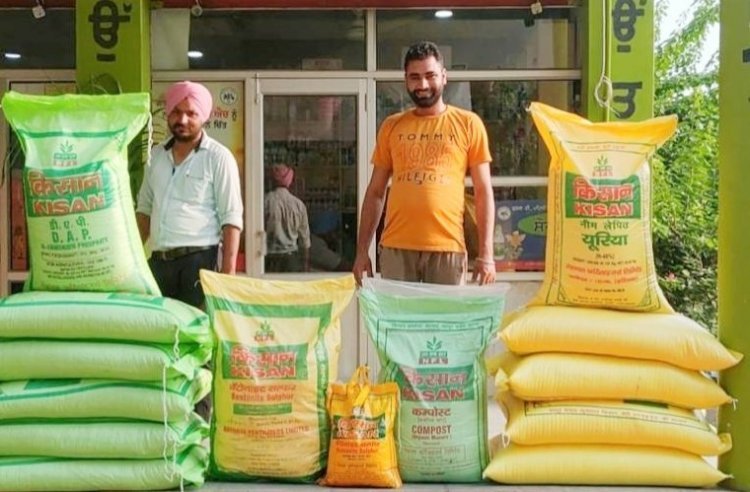
The war between Russia and Ukraine has led to a surge in the prices of Di-Ammonium Phosphate (DAP) and phosphoric acid, the raw material it requires, in the global market. Importing at the increased prices would make the fertilizer companies incur losses of Rs 20,000 per tonne. As a result, import deals have come to a halt. The reason behind this is that the government is not increasing the subsidy under the Nutrient-Based Scheme (NBS) for decontrolled fertilizers. The government had increased the subsidy on DAP under the NBS in October 2021. Despite this, however, the companies have been incurring losses on DAP imports since November because the prices of DAP and phosphoric acid have been rising constantly over the last one year.
Russia and its ally Belarus being their major exporters, the fertilizers have witnessed an upsurge in their prices due to the Russia-Ukraine war. Fertilizer industry sources told Rural Voice that fresh DAP import deals have come to a halt ever since the war started on 24 February 2022. Some industry sources have even gone on to say that going by the way the prices are rising, it won’t be long before imported DAP price touches Rs 1 lakh per tonne.
According to industry sources, the country has a stock of about 30 lakh tonnes (lt) of DAP while the Kharif season consumption is about 50 lt. Therefore, if additional quantities are not imported in time, this may have an adverse effect on the availability in the coming Kharif season.
According to fertilizer industry sources, companies are incurring losses even after the increase of Rs 150 per bag (50kg) in DAP price last month. The government had kept the price constant at Rs 1,200 per bag after a massive hike in DAP subsidy in May 2021 and again in October 2021.
Fertilizer industry sources told Rural Voice that the price of imported DAP came to Rs 80,000 per tonne at present. The government grants a subsidy of Rs 33,000 per tonne on DAP. But a hike in import prices and raw material prices led the companies to increase the DAP price to Rs 1,350 per bag in March 2022. Industry sources say that the selling price of DAP is Rs 27,000 per tonne at present. The government grants a subsidy of Rs 33,000 per tonne. But the prevailing price of imported DAP is Rs 80,000 per tonne. Importing DAP at this price translates into a loss of Rs 20,000 per tonne. Fertilizer industry sources claim that companies have been suffering losses on DAP since November 2021.
According to sources, the government has assured the industry of increasing subsidies on DAP under NBS. An additional subsidy of about Rs 8,000 per tonne is being considered for this. The government had hinted to the industry that the additional subsidy would be given from 1 April 2022. The government notifies the subsidy rates under the NBS scheme from April every year. But there has been no new notification as of now when this story is being written.
Under the NBS, the government fixes the subsidy rates for the products that are used in decontrolled fertilizers. It is the companies that fix the prices of decontrolled fertilizers like DAP, NPK and MOP and these prices are decided on the basis of subsidy rates. Complex fertilizers are counted among decontrolled fertilizers. The price of urea is fixed by the government. Regarding the probable increase in DAP subsidy, fertilizer industry sources say that the industry will suffer a loss of about Rs 12,000 per tonne despite this measure.
There is some time left before the demand for fertilizers picks up for the Kharif season as the Kharif sowing gathers pace in June. According to the industry, the DAP stock in the country stands at about 30 lt. Besides, a few shipments of deals struck earlier are arriving. The total demand of DAP is about 50 lt in the Kharif season. So, if the government does not decide on increasing the subsidy in time, it may lead to a crisis of DAP availability. In the last Rabi season, too, farmers in several parts of the country had to face a DAP availability crisis.
Besides, the rise in prices in the global market will also affect the government’s provision of reducing the fertilizer subsidy in the Budget for the current financial year (2022-23). Going by the way the fertilizer prices are rising, the government may end up granting a higher subsidy than last year. But in the current circumstances, it is almost certain that it is the farmers who will have to suffer the losses on account of the high prices. The signs are pretty clear from the DAP price rise last month and the earlier increase in the prices of some NPK fertilizer variants brought about by companies.
The government has made attempts to reduce the fertilizer subsidy in recent years. In 2020-21, the government had kept the fertilizer subsidy at Rs 1,27,921.74 crore. This was reduced to Rs 79,529.68 crore in 2021-22. But the amount had to be revised to Rs 1,40,122.32 crore. In the 2022-23 Budget, this amount has been reduced by about 25 per cent and the allocation for fertilizer subsidy has been kept at Rs 1,05,222.32 crore.



 Join the RuralVoice whatsapp group
Join the RuralVoice whatsapp group

















